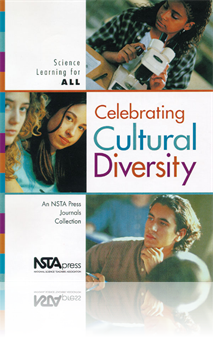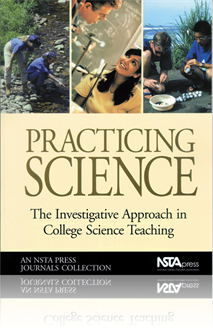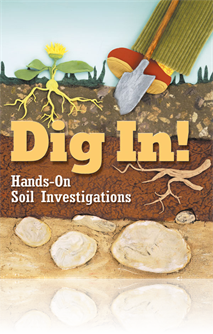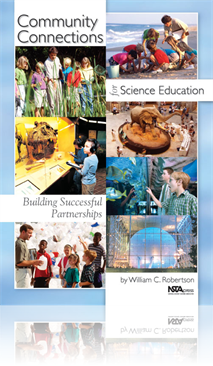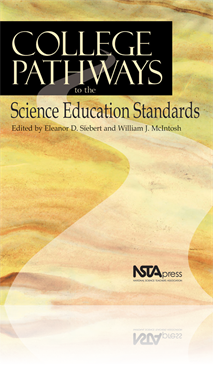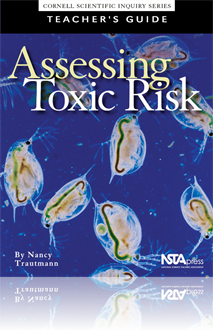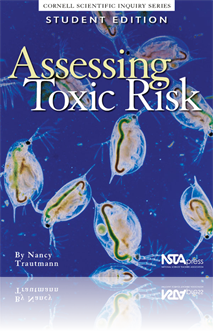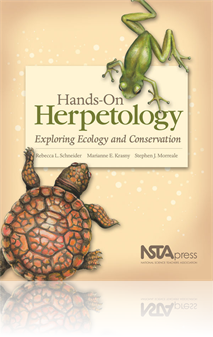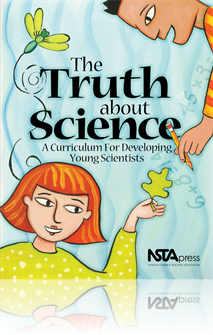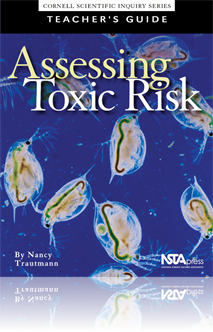All Resources
Book Chapter
The Role of the Science Leader in Implementing Standards-Based Science Programs
Although most of the literature of reform and systemic change focuses on policy, programs, and practices that the leaders should be responsible for pr...
Book Chapter
Celebrating Cultural Diversity: Science Learning for All—An Introduction
What is a “multicultural” classroom? Classrooms, even if they are filled with non-majority students, are not necessarily multicultural. There are ...
Book Chapter
What Should Students Learn About the Nature of Science and How Should We Teach It?
The purpose of this article is to: 1) explicate the central pattern of scientific reasoning, 2) show that the pattern has been applied by scientists...
Book Chapter
Two natural forces are continuously at work on the landscape—the forces of destruction and the forces of construction. In locations of destruction, ...
Book Chapter
This section introduces students to the animals that depend on soil. In addition to studying the animals students can see, introduce them to Earth's v...
Book Chapter
Soil erosion can be caused by water or wind. Although undetectable at first, the natural process of erosion from water and wind can lead to significan...
Book Chapter
Soil is the solid material on Earth’s surface that results from the interaction of weather and biological activities with the underlying geologic fo...
Book Chapter
Because you are reading this book, we are going to make the bold assumption that you’re interested in creating, improving, or solidifying a formal-i...
Book Chapter
The Standards vision guides the discussion in this chapter on science teaching standards for the postsecondary level. The discussion centers on the im...
Book Chapter
One of the reasons for studying toxicology at the high school level is its relevance to everyday life. On a daily basis we are confronted with news re...
Book Chapter
Toxicity indicates how poisonous a substance is to biological organisms. To measure a chemical’s short-term toxicity, scientists carry out something...
Book Chapter
Before starting any of the activities in this guide, we strongly recommend that you read the information in this section. Here we cover the critically...
Book Chapter
Research Questions and Hypotheses
This first section guides students to ask testable questions, and formulate hypotheses and null hypotheses. Students also become familiar with the par...
eBook
Assessing Toxic Risk (Teacher's Edition) (e-book)
Assessing Toxic Risk is a comprehensive guide to student research in toxicology. It includes an overview of basic principles of toxicology and how the...
Journal Article
After the Bell: Life in hot water
The mysteries of the sea offer the allure of adventure for scientists of all ages, and advances in technology supply the tools to explore this frontie...



